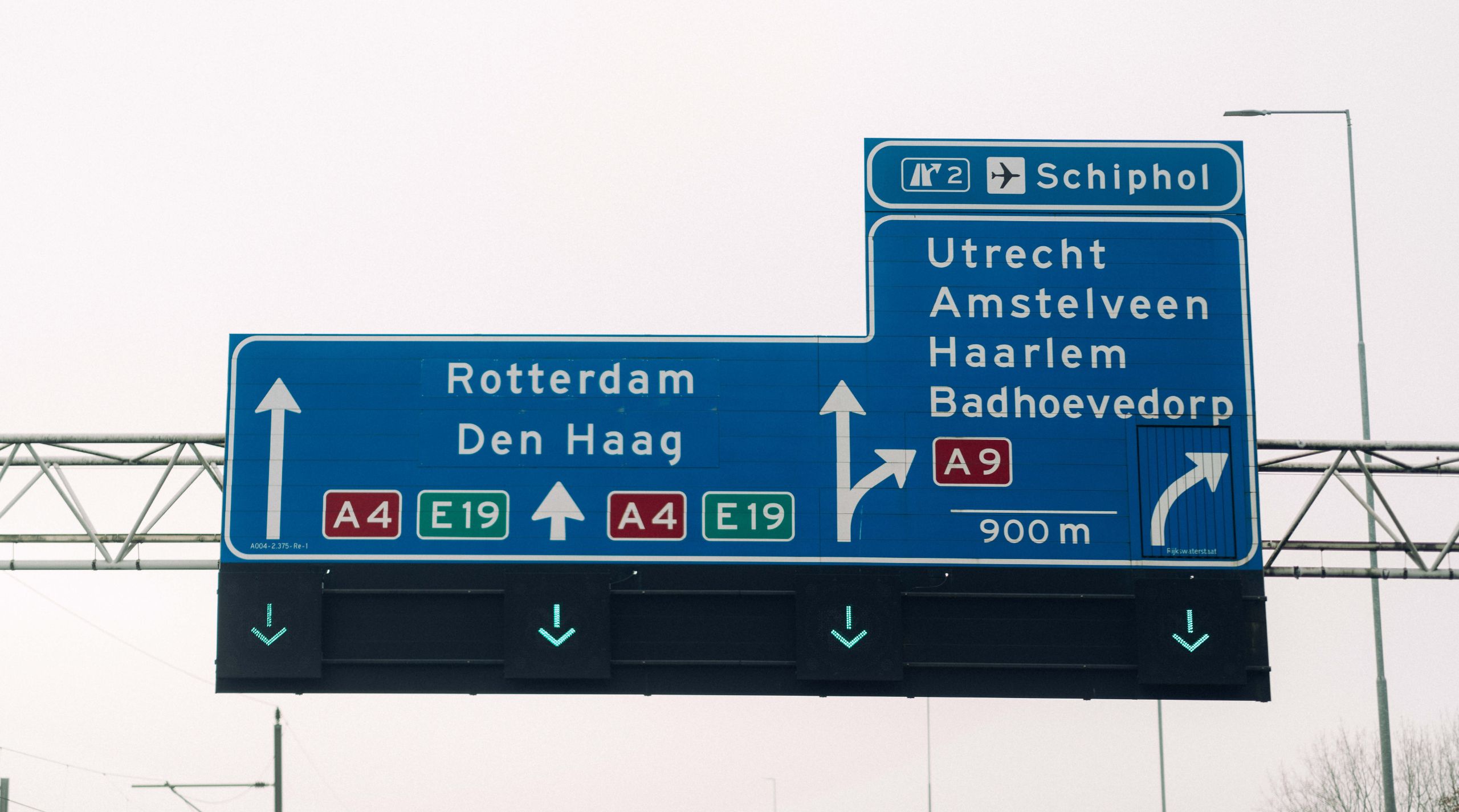A major shift is coming for road freight in the Netherlands. Starting July 1, 2026, the country will implement a new CO₂-based truck toll system — replacing the long-standing Eurovignette. While the toll officially launches in mid-2026, its impact will be felt much sooner. In this article, we break down what’s changing, why the Dutch truck toll 2026 matters, and how you can assess its freight cost impact now.
From Eurovignette to a CO₂-Based Toll System
The Eurovignette, a flat-rate toll for heavy goods vehicles, has been the standard in the Netherlands for decades. It charged operators a fixed fee regardless of how far they drove or how much they polluted.
That will change in 2026, when the Dutch truck toll 2026 replaces the Eurovignette with a kilometer-based and emissions-weighted system. The toll will apply to all trucks over 3,500 kg — both domestic and foreign operators — and will charge per kilometer, adjusted by the CO₂ emissions class of each vehicle.
Why Is This Change Happening?
This transformation is part of broader EU legislation aiming to internalize external costs of transport and drive sustainability. In short:
- Polluter Pays Principle: The more your truck pollutes, the more you pay.
- Distance Matters: Toll rates reflect how far and where you drive.
- Efficiency Incentive: Operators are rewarded for investing in lower-emission vehicles.
This CO₂ toll difference ensures that clean fleets benefit, while high-emission vehicles face higher costs.
The Impact on Freight Costs
One of the biggest concerns among shippers and logistics providers is: how much will this cost?
While final rates are still pending, estimates suggest the Netherlands truck toll will cost between €0.15 and €0.20 per kilometer, depending on vehicle type and emissions class.
This means freight costs could increase significantly — particularly for long-haul and distribution-heavy operations. And because most contracts and rate negotiations for 2026 will begin in Q4 2025, businesses need clarity now.
Why You Need to Act Now — Not in 2026
Even though the Dutch truck toll 2026 goes live in July 2026, its financial impact will shape tenders, route planning, and pricing strategies well before then. Businesses that delay planning could lose competitive ground or miss opportunities to renegotiate terms with full transparency.
How to Calculate the Dutch Truck Toll with PTV Logistics
At PTV Logistics, we’re already equipped for this change. Our software — including PTV Map&Guide, PTV Developer, and TLNplanner— enables you to:
- Simulate the Dutch truck toll today
- Compare costs with and without the Eurovignette
- Run bulk toll impact calculations (via API or Excel integration)
- Plan CO₂-efficient routes and optimize fleet usage
Whether you’re a Dutch carrier, a German haulier crossing the border, or a European shipper planning tenders, our solutions give you a clear, data-driven view of how the Netherlands truck toll will affect your bottom line.
With the Eurovignette replaced and a CO₂ truck toll system on the way, logistics leaders must prepare now to avoid surprises. Understanding the CO₂ toll difference, simulating new cost structures, and building flexibility into your planning will be key to staying competitive in 2026 and beyond.
